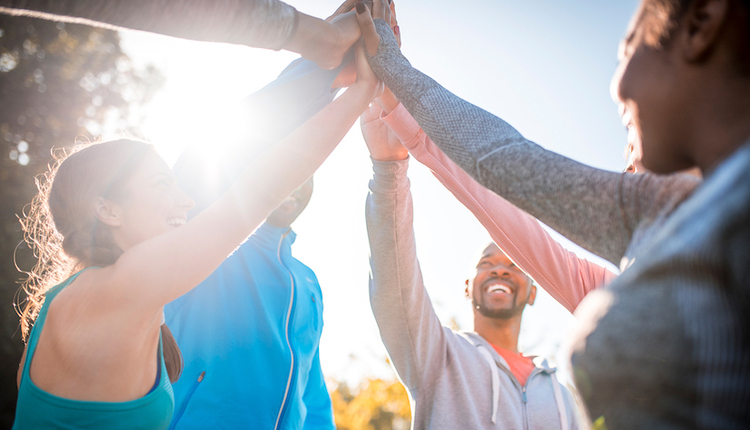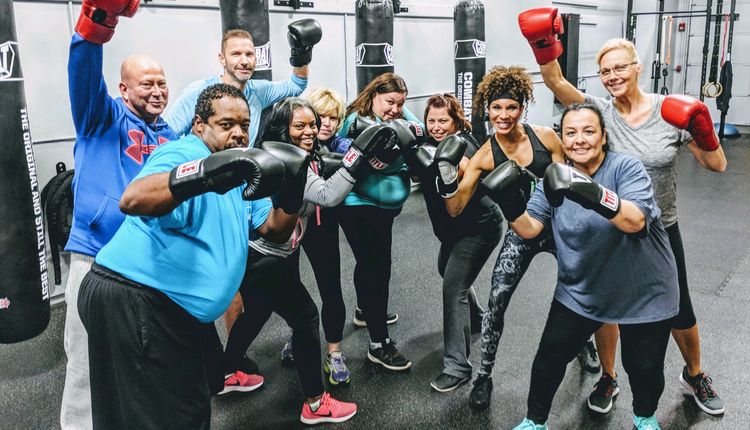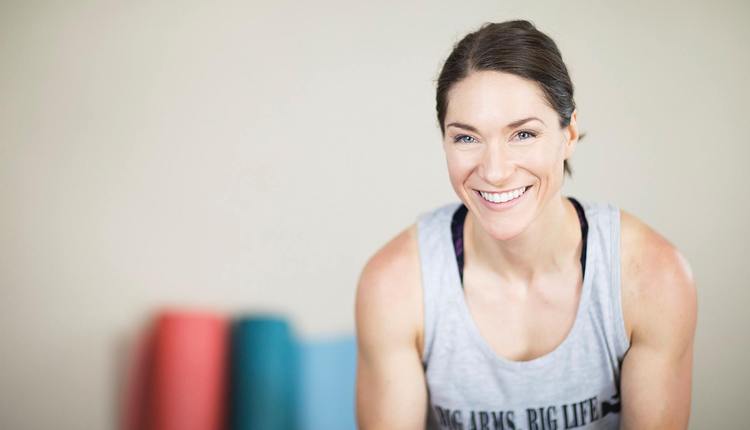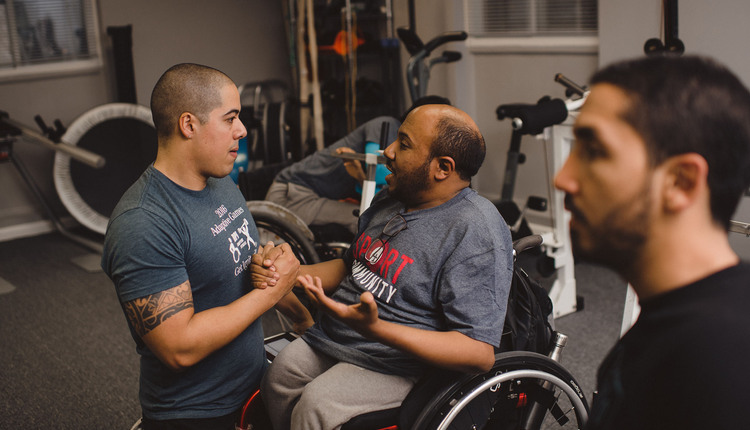My first experience with corporatefitness was whenI was speaking with oneof my clients about howmany of his employeesdid not exercise much orfelt they couldn't afford a private personal trainer. Isuggested to him that I cometo the company for a day of consultation.
I formulated a talk for one hour, to which everyone was invitedto attend.I spoke about the general benefits of exercise and then focusedon stretchesand exercises that are beneficial to work against the sustaineddesk postures.
After the talk, I met with individual employees for 20 minuteseach, focusingon their specific exercise program. I charged my client a flatrate for the day.He received rave reviews for providing a benefit to hisemployees, and I hada great day's worth of income!
Another corporate experience I offered to a client was a groupclass thatcould be done in work clothes at lunchtime or the end of theday.When thinking of approaching corporate professionals, focus onwhatwill benefit them the most, such as exercises, movement patternsandstretches that counteract the sustained postures they endure ona daily basis.
Many employers are also looking for programs that require employeestowork together, essentially making it a team-buildingopportunity.
Here is a group exercise series that you can tweak to fit yourspecificcorporate audience, followed by a specific series of mobility,stretching andtension release techniques that individual employees can do attheir desksanytime of day.
FULL-BODY WORKOUT
Employers like it when I present a routine that can be done withlittle effortand time away from work. That means incorporating movements thatcan bedone in "business casual" work clothes and won'tnecessarily make the employeesweat a lot (of course there are other options, if desired!).These movements canalso be done without shoes on, enhancing the integrity of thefoot, ankle andentire kinetic chain. Some of these exercises are done withbands, requiring theemployees to work together. If you want to offer individualexercises, you cansecure the bands around furniture for each person to work alone.
Squat and overhead diagonal lift: Squat down, bringingarms with you in front, one in front of the other. Allow thebody to flexforward, lengthening the entire posterior chain. As you standup, bring the armsup and out, making a diagonal line with each arm. You can hold aweight in eachhand if you want. Alternate the arm position each repetition.
Standing core rotations with band: One personholds the band and the other one grabs one grip, holding armsstraight outin front, feet hip-width apart. Rotate entire body away from thedirection ofthe band; then switch. The beauty of this exercise is that bothpeople canalso do it at the same time, turning away from each other,requiring teamworkand communication.
Split squat and single-row/single-leg balance:One person holds the handles; the other person holds the bandwhile standing on one leg. The person with the handles does arow as hestands up each time. If the right leg is in front, row with leftarm. The otherperson does a single leg balance while holding the band. Switchlegs for thesecond set as the other person switches legs for the single-legbalance exercise.
Moving push-ups: These are great because each person canmake the push-up as difficult as they want, and as easy as theyneed. Movingpush-up means simply moving one hand to a different positioneach repetition.This is beneficial for shoulder integrity, distributing stressacross the joints.
Clock lunges: These are lunges done to different angles,workingalong three planes. Starting with the right leg, step forwardand a little to theside, as if to one o'clock on a clock. Step to the side as if tothree o'clock, thenexternally rotate the right leg, stepping to five o'clock.Switch to the left leg,stepping to seven, nine and eleven o'clock. You can add weightsif you want.
Horizontal rows: Either one person holding the band for theother, or both people doing it at the same time, one arm at atime. Stand withone leg a little in front of the other, and pull arm back,keeping arm up andout at chest height. Row without shrugging the shoulders.
Side waist bends: Either one person holding the band forthe other, or both people can do the exercise at the same time.Holdarms up and grasp band with both hands. Laterally flex away fromthedirection the band is coming from, then switch sides. If bothpeople dothe exercise at the same time, you can alternate the reps -- onepersonflexing at a time and the other person manipulating the band toget consistentresistance. If both people work simultaneously, try to have twopeople about the same height.
As part of this routine, or as an additional option, check outthis sequenceto enhance neural feedback for the upper middle back, importantfor the health and integrity of the thoracic spine:
Stand with the right foot a little in front ofthe left. Reach up with the right arm, leaning over to the left. Thinkof making your body as long as you can while reaching up andover. Do 15on each side.
Take a tennis ball and do self-myofascial release againstyour desk chair, or the wall. There are other tools that can behelpful forthis as well. Place the ball at your right shoulder bladeleaning against achair or wall, and push into it as you move side to side, up anddown.When you feel a tender spot, stay there for 20-30 seconds andfeel thetension dissipate.
Thoracic rotation: Sitting in your chair, lean forward withyour upper body, resting your straight arms on the desk. You caneven restyour head on the desk if desired. Lift your right arm and rotateyour entireupper body up to the right, letting your eyes follow themovement to keepyour neck neutral. Do one set of 15, then the other side.
Pec/anterior stretch: Stand, facing one corner of youroffice. Hold up both arms at chest height, with elbows bent.Stand withone leg a little in front of the other, and put forearms againstthe walls,close to the corner and lean forward, stretching the muscles inthe frontof the body.
Going corporate does mean you may need to get a bit creativedepending onthe space, facilities, and equipment made available to you. Ifyou have accessto a conference room, you can accommodate a group and use chairsas an easyoption for multilevel pushups, dips, or to help with assistedsquats. Books caneven be used for resistance and simple, easy-to-transportequipment such asresistance bands are a great option to incorporate resistancetraining for allfitness levels if a fitness facility is not available. You canalso have employeesbring in their own set of dumbbells and mats to keep at theoffice.
These are just two examples of a program that you can easilyimplementfor corporate employees. You can use your creativity and offernumerousworkouts and lectures to further increase your business.
Annette Lang has played an instrumental role in thepersonal training industry since 1983. Shehas workedwith Reebok University and many health clubchainsdeveloping and teaching trainers throughoutthe US.She is the author of Morning StrengthWorkouts, Prenataland Postpartum Training Fan and eight DVDs.Annettehas a Masters Degree in Health Education, iscertifiedas a Personal Trainer by NASM, NSCA and ACE.
















